Issue 005 -- The Bottleneck of Continuous Writing

I went to the sea again this weekend. Every time I connect with nature and feel the sea breeze, it seems like all the fatigue of the week just vanishes.
>> Topics to Discuss
The Bottleneck of Continuous Writing
As we all know, there are many benefits for programmers to write blogs, such as honing their technical skills, building personal influence, and enhancing the impression of knowledge points.
However, those who can write continuously are rare because there are always many reasons that prevent us from completing this task. Here are some reasons I can think of:
1) Creative Exhaustion
- Initially, I wrote technical articles, but after a while, I felt like there was nothing more to write about.
- Then I started writing practical blogs, but these types of articles require hands-on practice. Often, it takes months to complete a project and then write a summary, resulting in very few such posts.
- Now, I write weeklies. Since I usually like to follow tech news, I can record it in the form of a weekly digest, which is a good method.
2) Self-Doubt
- When writing blogs before, I gradually felt that writing just a few hundred words (like the ">> Topics to Discuss" section in this weekly) was too short and not worth publishing.
- Or, after seeing many excellent blog posts, I felt that others had already written about it and did it well, so there was no point in writing it myself.
- Writing some introductory articles also faced doubts from some "big shots."
3) Time Management
Previously, I had a lot of personal time every day, and with two days off each week, writing a weekly post was more than enough. But recently, I’ve been on a business trip for a month and was very busy during that time, leaving almost no time to browse the latest information or read books. Without input, it’s naturally hard to have output.
Technical Bottleneck: Technical writing relies on technical skills. Without sufficient skills, writing becomes difficult.
External Interference: Recently, there have been more sudden phone calls.
Lack of Feedback and Motivation
Now, I require myself to prioritize quantity over quality. For me, recording is far more important than quality.
>> Must Read
OpenAI to Block API Calls from Certain Regions Starting July 9
This week, many users received an email from OpenAI about this issue. I received one too. Did you? The email content is as follows:
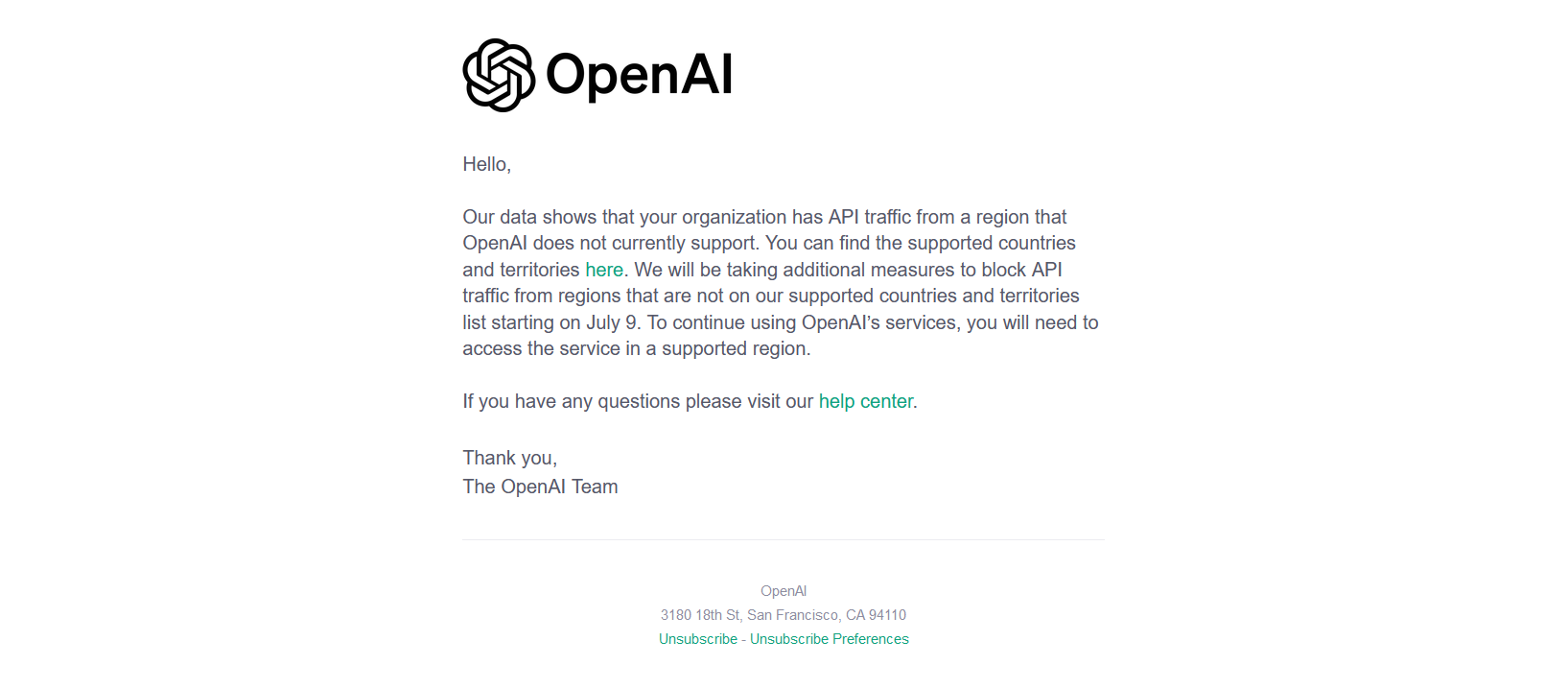
It’s unclear what consequences this additional measure will bring. At least for now, I'm hesitant to add a lot of money at once and will only add small amounts. I’m also looking for alternatives.
Claude 3.5 Sonnet
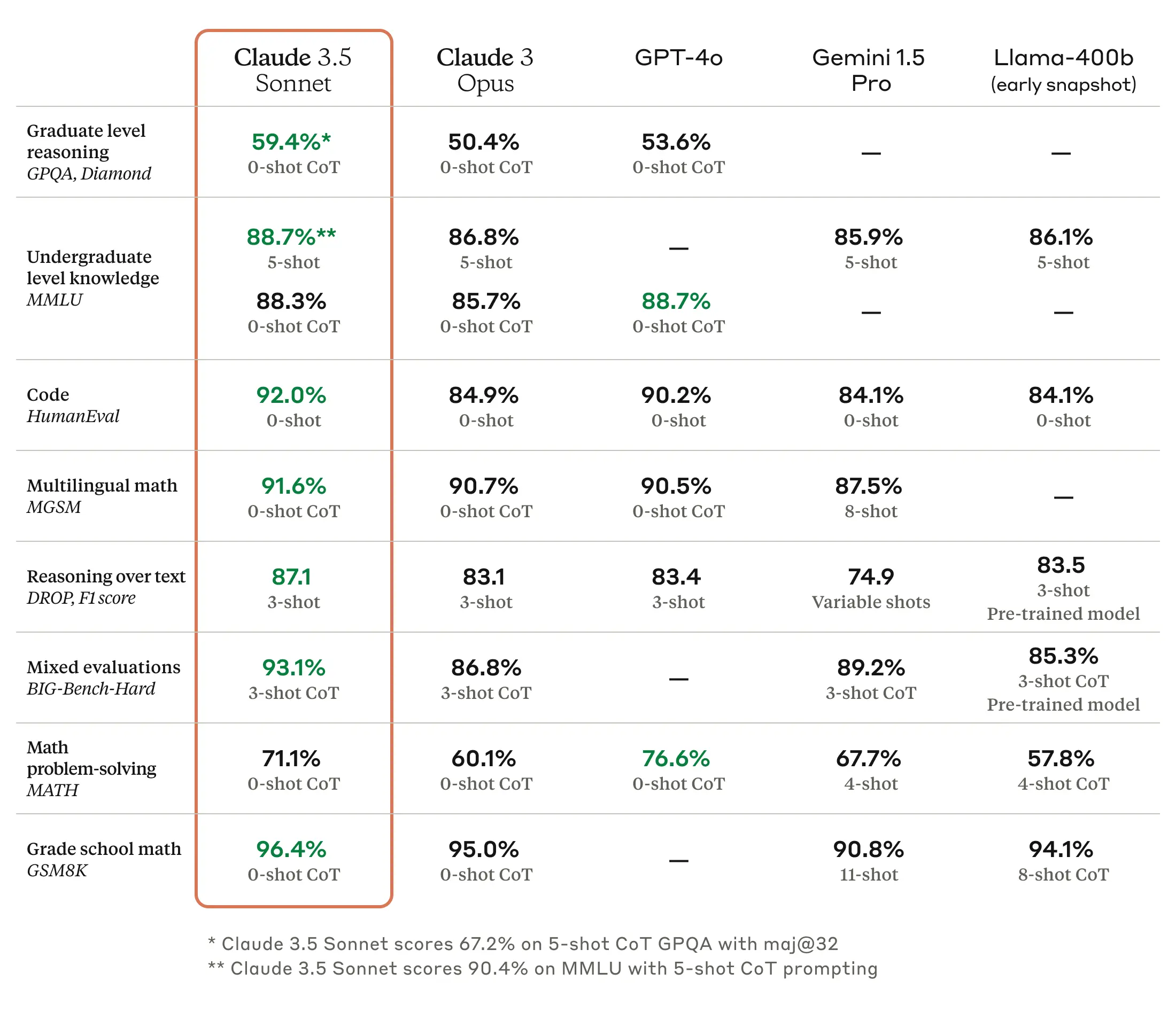
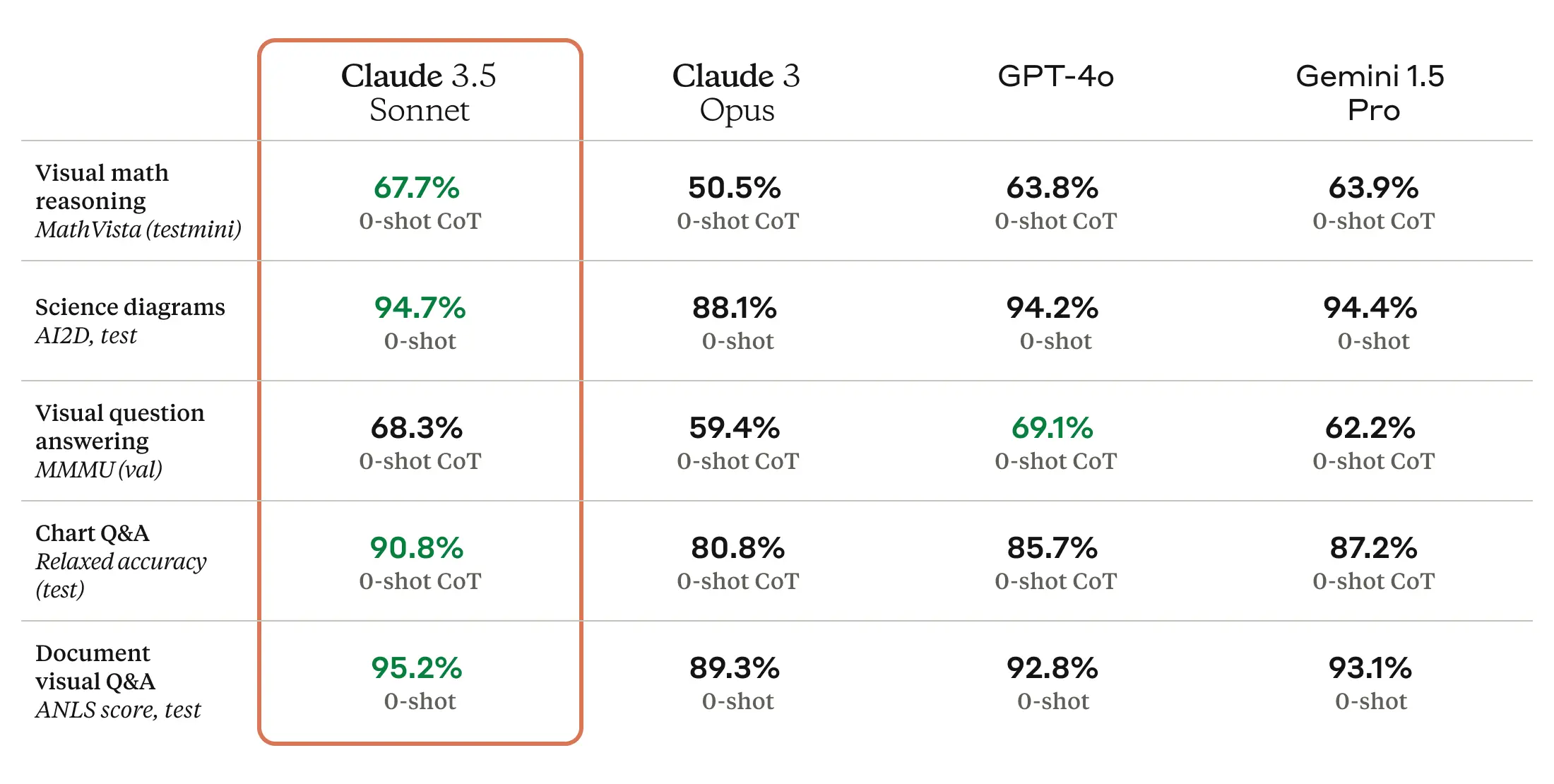
CSDN Forked the Entire GitHub
This event was spread by multiple influencers. I’m not sure how much traffic it brought to CSDN’s gitcode. Personally, I didn’t know about the gitcode platform before this. Although it’s negative publicity, the traffic is still high!
Interestingly, it also directly copied some sensitive content from GitHub to domestic servers, which caused problems...
Using GPT-4 to Find Errors in GPT-4
OpenAI launched CriticGPT! This groundbreaking model helps detect errors in ChatGPT's code outputs. With CriticGPT, users’ performance improved by 60% compared to without its help. This marks an important step toward better AI alignment and more accurate outputs.
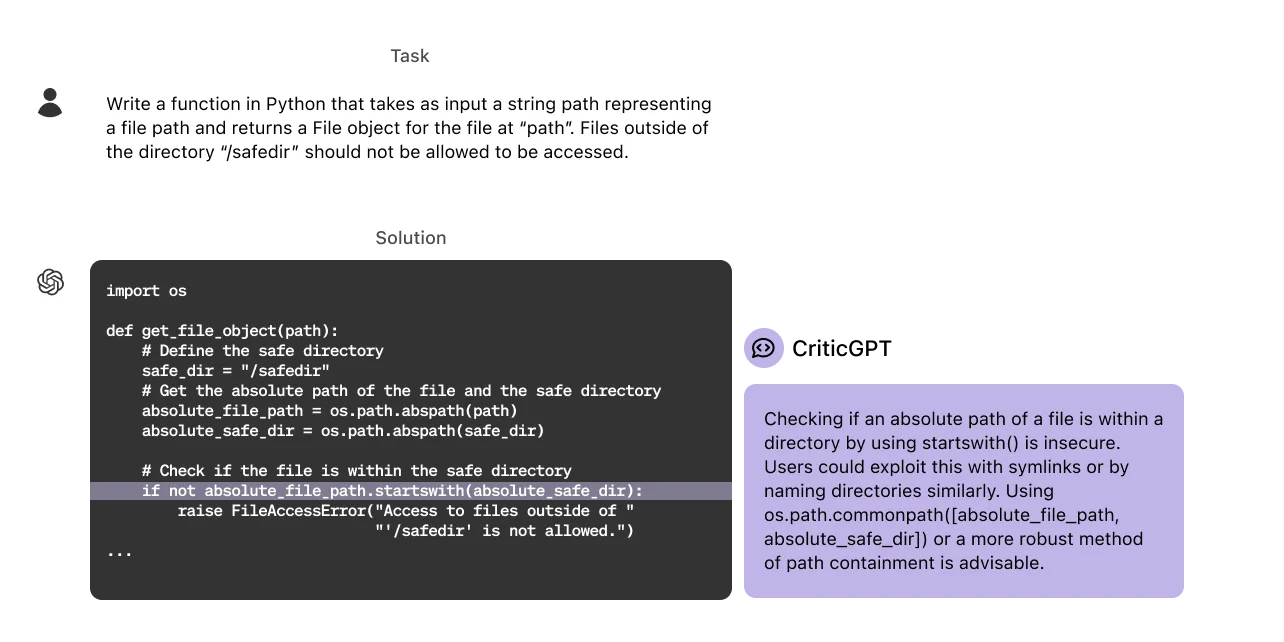
Firefox Integrates AI
In the coming months, Firefox will experiment with providing convenient access to optional AI services in its nightly builds to enhance productivity while browsing. This work is part of Firefox’s efforts to improve multitasking and cross-referencing in the sidebar. Firefox is committed to following user choice, agency, and privacy principles when introducing AI enhancements. Initially, this experiment will only be available to nightly users, and the AI features are entirely optional. If helpful, they’re there, but they’re not built into any core functionality.
Notably, it uses third-party providers:
- ChatGPT
- Google Gemini
- HuggingChat
- Le Chat Mistral
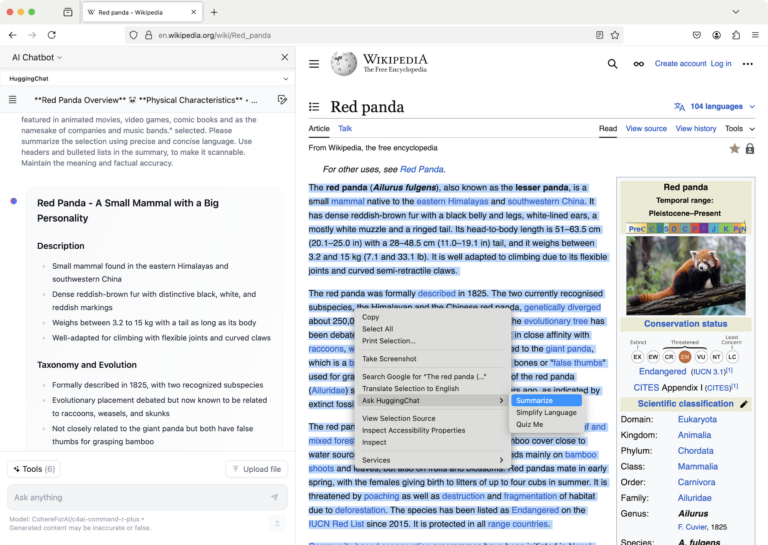
>> Useful Tools
Free Online Tool Website
A beautifully designed, simple, and practical free online tool website! It already has nearly 300 votes on Product Hunt~
Seven categories cover all your tool needs:
- Text (e.g., convert to handwriting, font pairing)
- Image (SVG generation, image description generation)
- CSS (e.g., gradient, shadow, clip-path generation)
- Coding (e.g., pretty code screenshots, slug generation, code compression)
- Color (e.g., AI palette, color shadow generation, color mixer)
- Social Media (download Instagram photos, generate Instagram & Twitter posts, OG metadata generation)
- Others (QR code, barcode generation)
(Supports browser plugins)
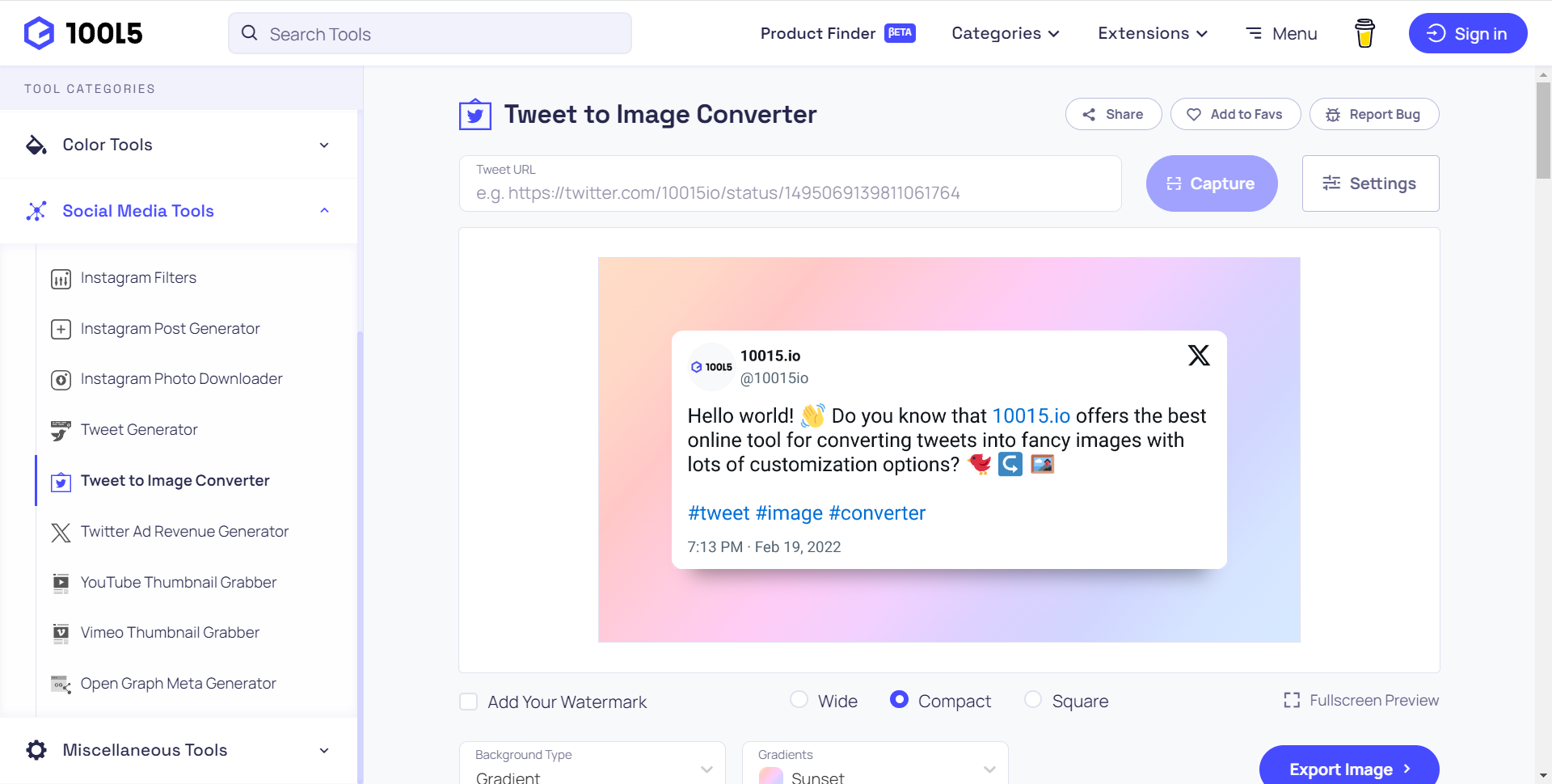
Resources for Learning Software Architecture
A repository of software architecture resources on GitHub trending!
A curated list of excellent articles, videos, and other resources for learning and practicing software architecture, patterns, and principles.
It also has a website for easier reading: awesome-architecture.com
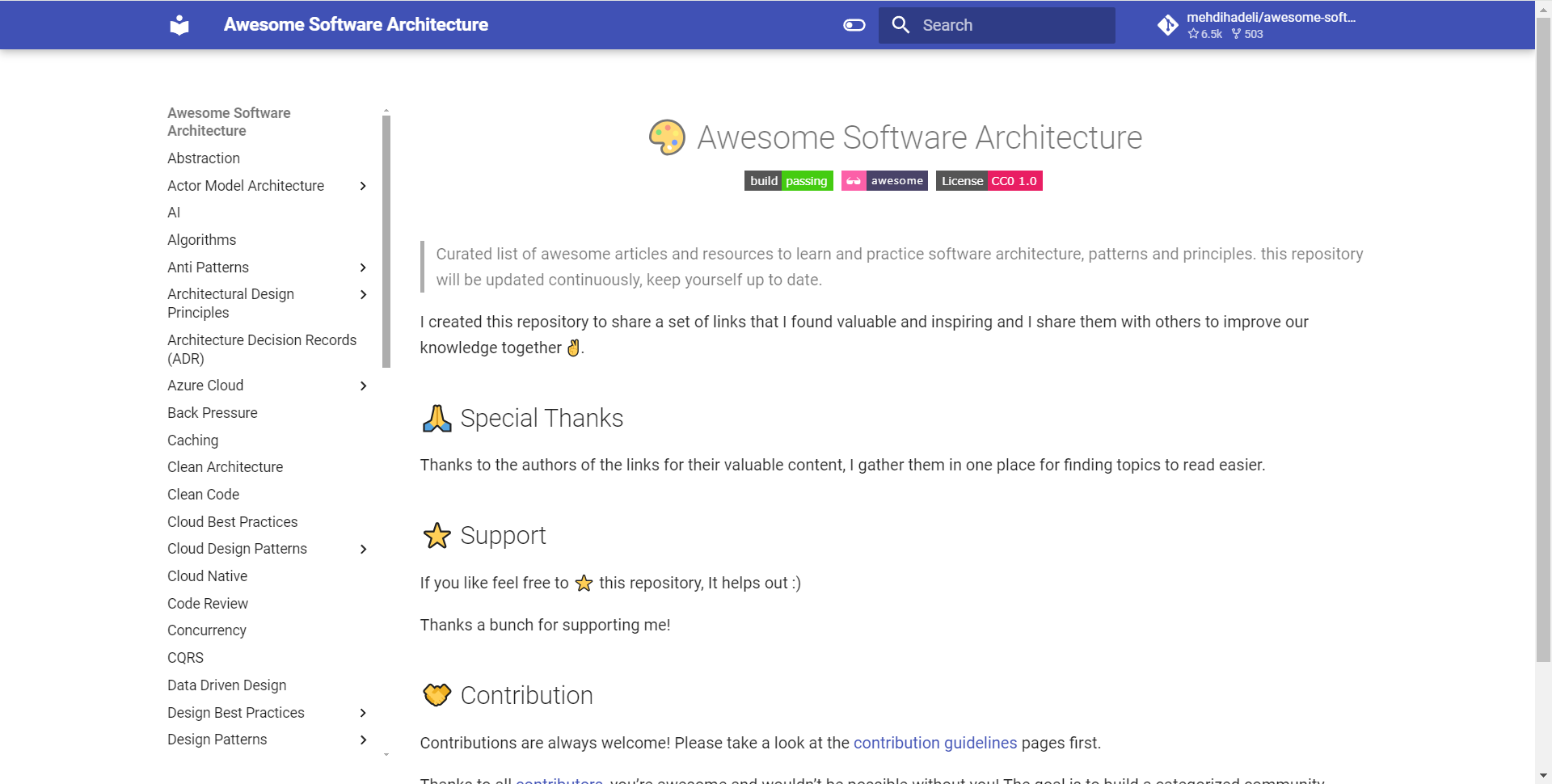
Animated Icons
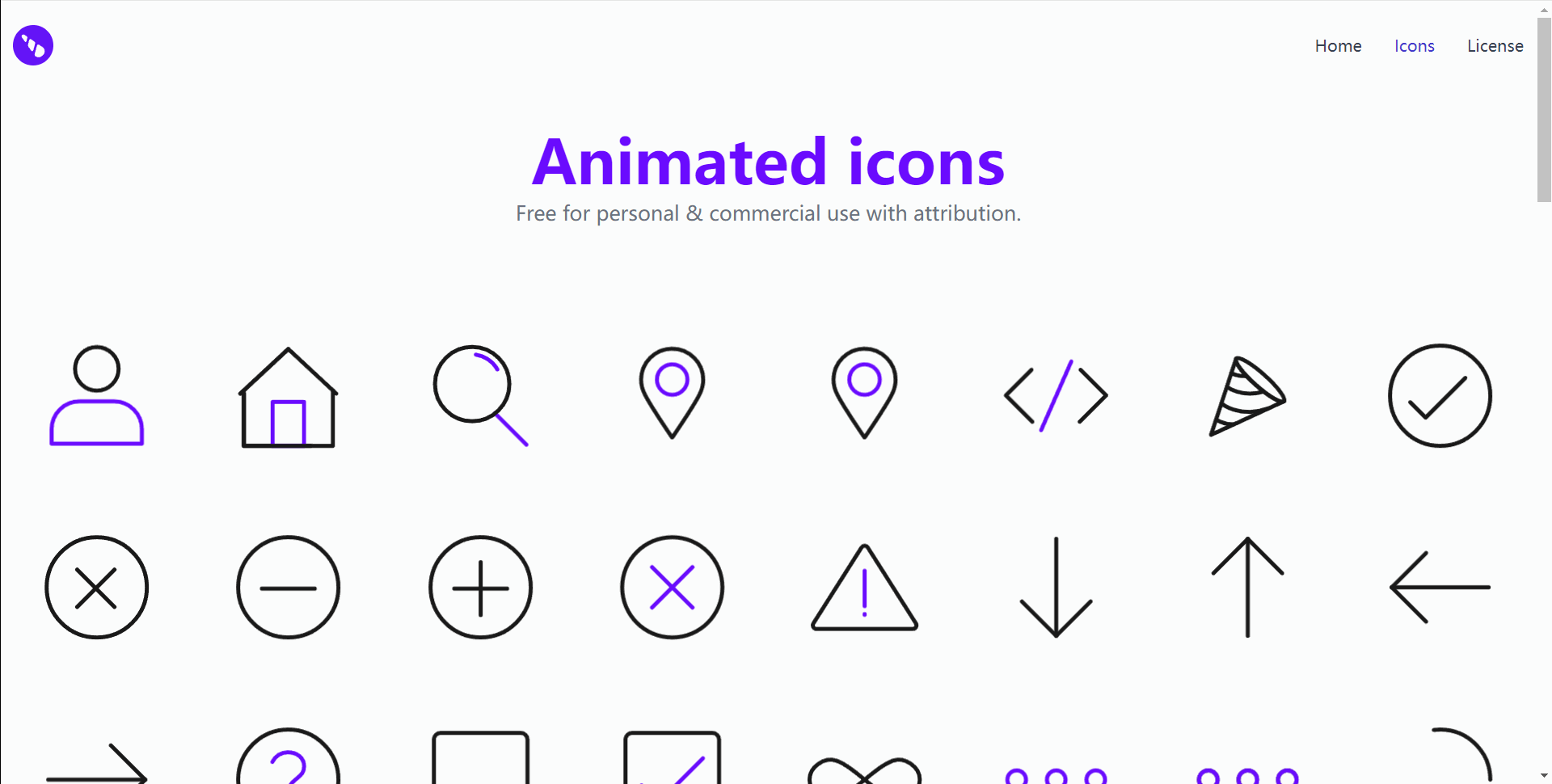
Real-Time Translation - RTranslator
A recently popular repository, RTranslator is the world's first open-source real-time translation application. It’s a (nearly) open-source, free, and offline Android real-time translation app.
Connect with someone who has the app installed, connect Bluetooth headphones, put the phone in your pocket, and you can converse as if the other person speaks your language.
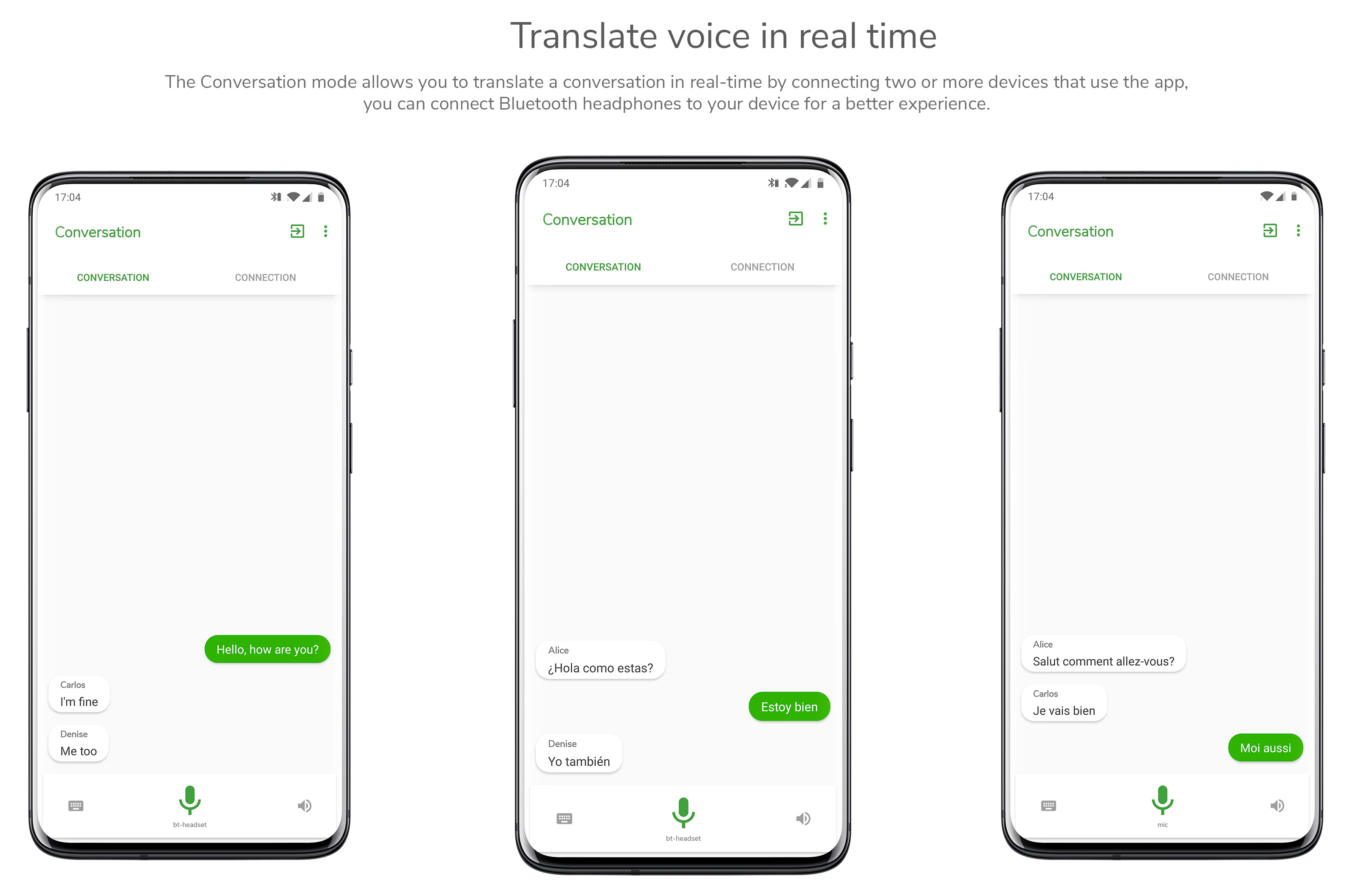
Parse PDFs with GPT - gptpdf
Parse PDFs into markdown using visual large language models (e.g., GPT-4).
The method is very simple (only 293 lines of code) but can almost perfectly parse layouts, math formulas, tables, images, charts, etc.
Average cost per page: $0.013
Parsing effect:
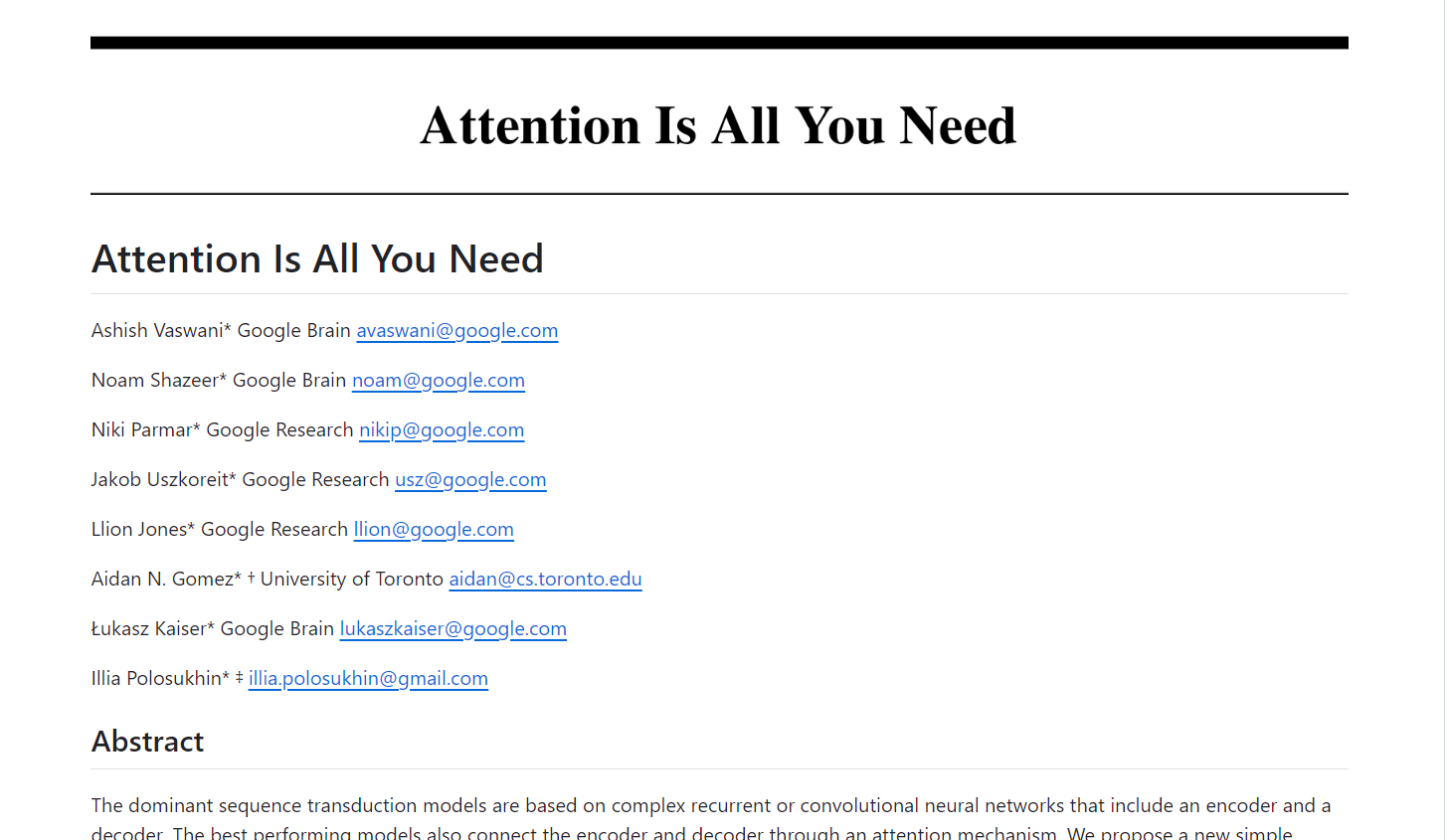
>> Interesting Finds
One Million Checkboxes
A website with one million checkboxes supporting real-time collaborative clicking. You can click around and interact with other users, competing for checkboxes~
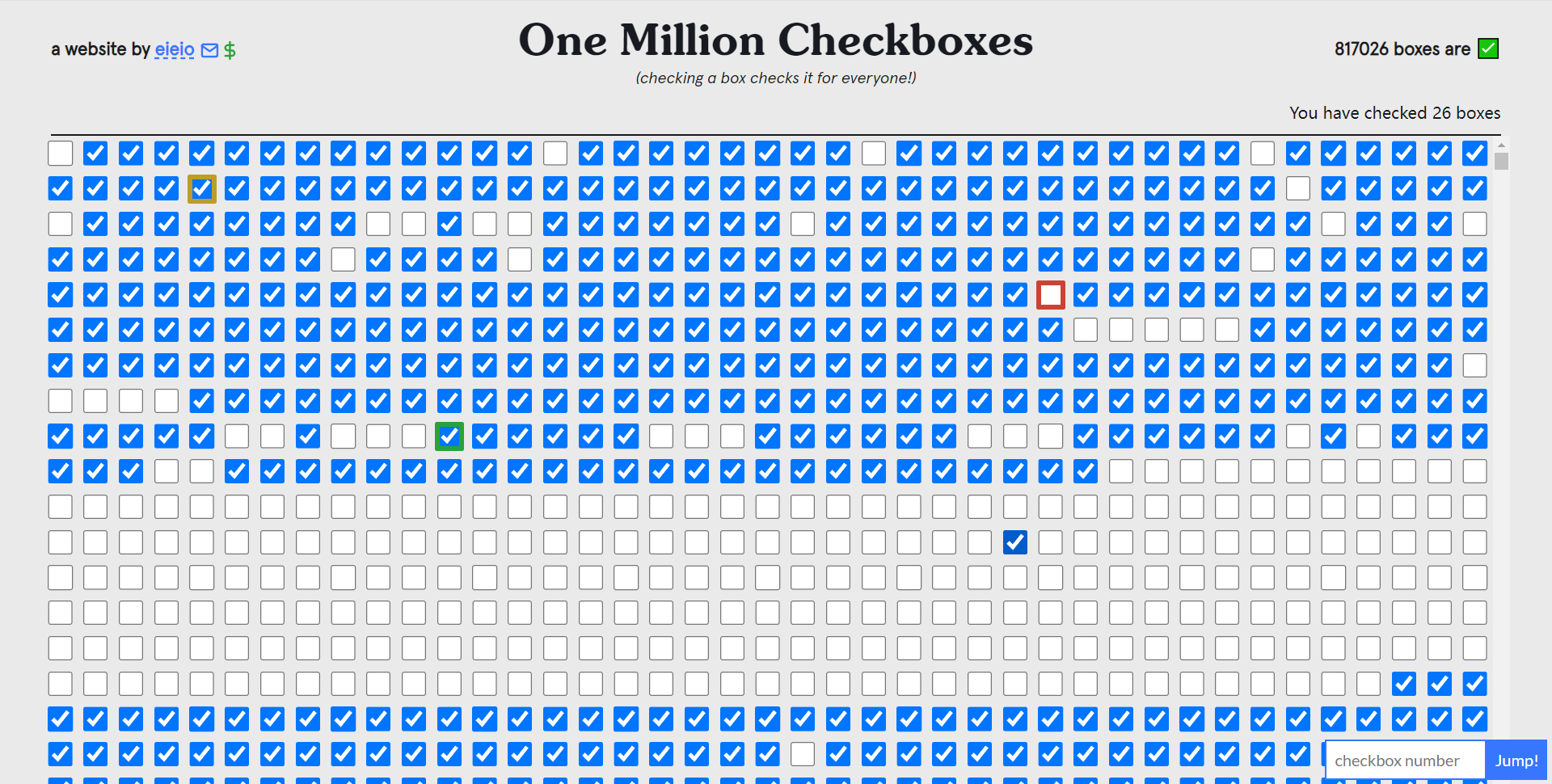
Large Language Model in a Font File
llama.ttf is a font file that is also a large language model and its inference engine.
You can run LLMs using just the font, generating text in any Wasm-enabled HarfBuzz application, such as your favorite text editor/email client/etc., without waiting for vendors to include features like "Copilot." And everything runs entirely locally.
TCP Never Drops Packets
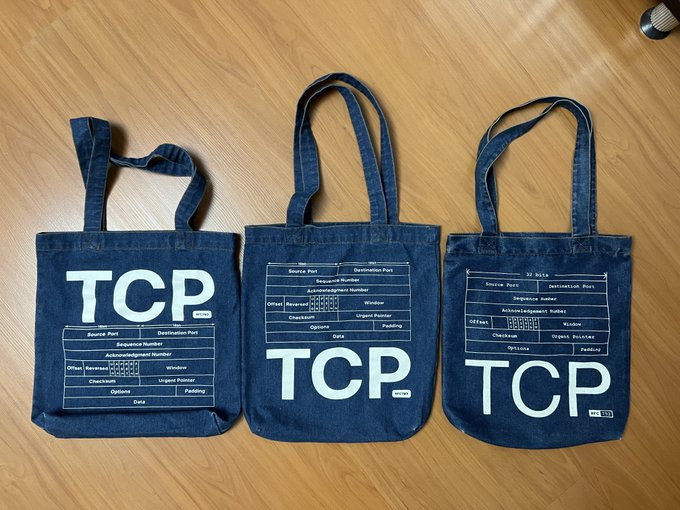
Seeing this reminds me of a meme I saw before:
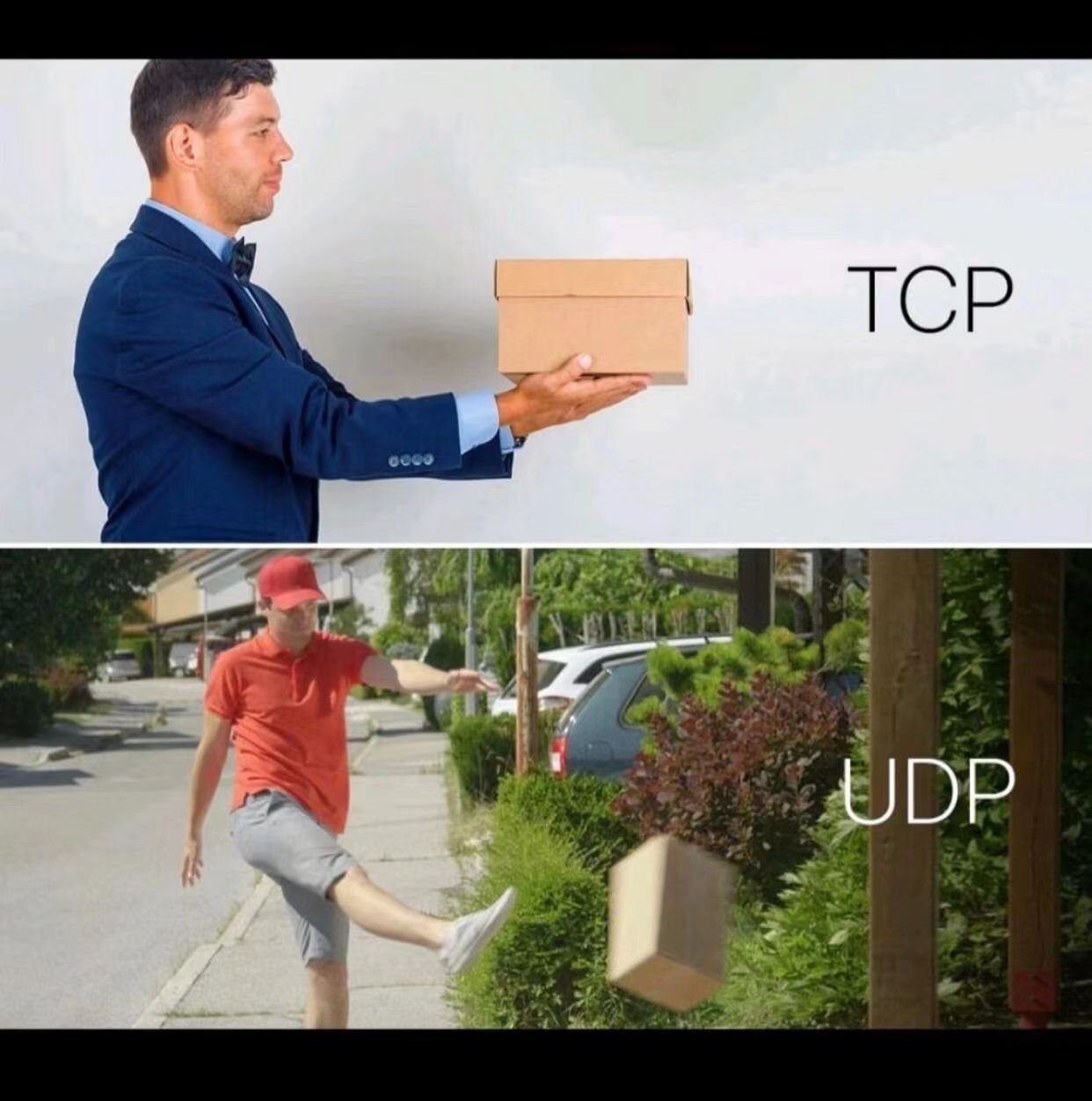
Viral Tweets
Recently, I’ve seen many viral tweets in this format. Below is the secret to going viral according to GPT👇

Text version:
Example Tweet
Here’s an example tweet combining the above suggestions:
🌟 Want to know how to boost your social media influence in 30 days? 📈 We’ve summarized 10 practical tips. Start changing now! 🔗 [Link] #SocialMedia #Marketing #SelfImprovement
[Image or Video]
This tweet includes an engaging opening, concise content, relevant hashtags, a call-to-action, and visual content.
Conclusion
Writing a viral tweet requires a combination of creativity, strategy, and understanding your audience. By continuously testing and optimizing, you can discover the tweet style and strategy that work best for you.Tutorial Repositories Dominate GitHub Trending
While browsing GitHub trending, I noticed many tutorial repositories. It seems tutorial repositories are more likely to gain stars:
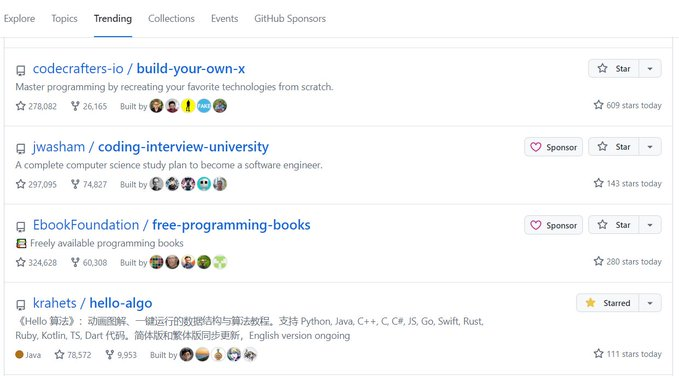
>> Worth Reading
How the Brain Cleans Waste
This article discusses the brain’s waste removal system and its importance in neurodegenerative diseases. Scientists detailed this system in three papers published in the journal Nature. Key findings include:
- Brain Waste Removal Mechanism: During sleep, slow waves push interstitial fluid from deep within the brain to the surface. Waste crosses a complex interface into the blood and is eventually expelled by the liver and kidneys.
- Alzheimer’s Disease Connection: These studies found that the waste removal system is impaired in Alzheimer’s patients, leading to amyloid accumulation. Restoring this system’s function may help prevent the disease.
- Role of Slow Waves: Slow waves synchronize neuron activity, pushing fluid flow to remove waste. A team at MIT demonstrated this in mice through sound and light stimulation.
- Waste Crossing the Brain Barrier: Waste exits the brain through “sleeves” around veins, entering the lymphatic system.
- Clinical Implications: These findings provide new insights for understanding and treating various brain diseases, including Alzheimer’s. Future interventions may involve inducing slow waves to help the brain self-clean, potentially preventing multiple diseases.
Microfeatures of a Blog
Almost every programmer has built their own personal blog. This article discusses some "microfeatures" that can be added to a personal site or blog to enhance the user experience:
- Sidenotes: Sidenotes can provide additional information or citations without interrupting the main flow of the article, enhancing the reading experience.
- Tables of Contents (TOCs): TOCs allow readers to quickly grasp the article’s structure and navigate to sections of interest.
- Page Progress Bar: A progress bar shows readers their reading progress in real-time, providing better feedback.
- Easily Linkable Headings: Making headings linkable allows readers to easily copy and share specific section links.
- Grouping Series of Posts: For series articles, automatically add “Next” and “Previous” buttons or provide a series navigation hub.
- Dialogues: Using dialogues can present information in a more vivid and engaging way, suitable for technical writing.
- Code Blocks with Origin: Indicate the file and line number in code blocks and provide links to help readers understand the code context.
- Markers for External Links: Mark external links and have them open in a new tab to prevent readers from getting lost in referenced links.
- RSS Feeds: RSS feeds allow readers to easily track blog updates without manually checking the site.
- Links to Other Sites: Link other blog articles at the end of posts to promote interaction and promotion among content creators.
Always, Local First
A discussion on the importance of storing application data locally.